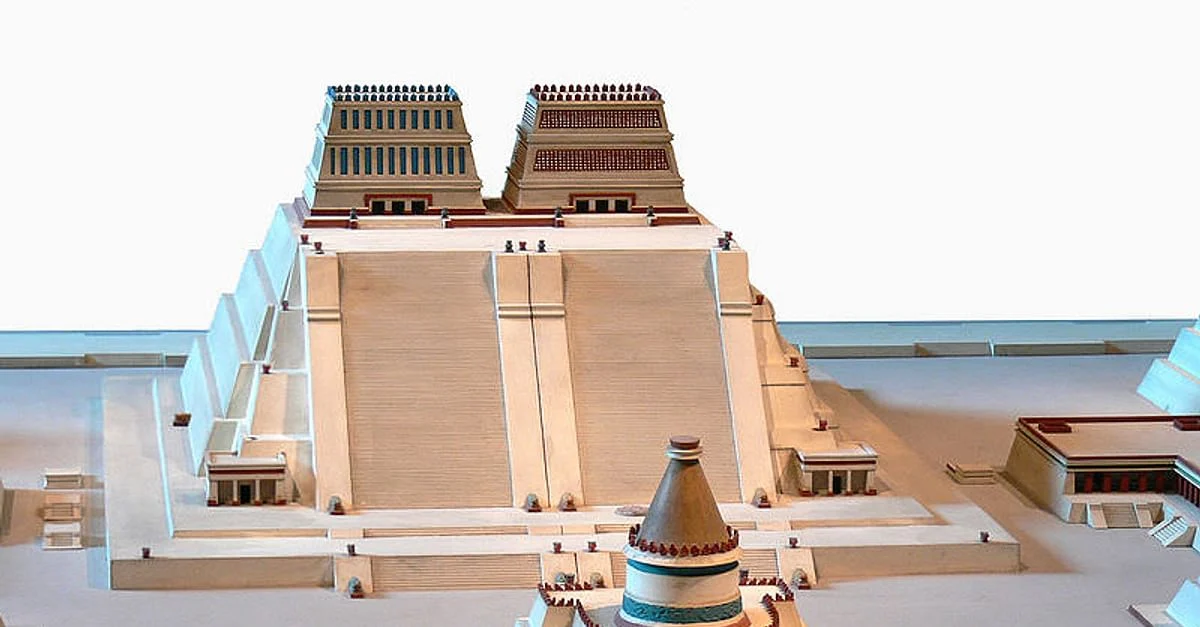5.3 Purpose and Audience in Indigenous American Art
2 min read•june 18, 2024
Charly Castillo
Laurie Accede
AP Art History 🖼
34 resourcesSee Units
Overview
Indigenous American art is very different than what we are used to seeing. As the AP Art History CED states, "Indigenous 'art' is considered to have, contain, and/or transfer life force rather than simply represent an image" (pg. 170). The purpose of art in these regions can be used to preserve cultural tradition and pay homage to spiritual and natural forces.
Furthermore, Indigenous art required audience participation. As you will notice in this unit, many architectural structures, especially in Mesoamerica and the central Andes, are temples where rituals like human sacrifices (see the Templo Mayor) were conducted. Some Native American artwork are objects that were meant to be worn or used during rituals. According to the CED, "functionality of the object is preferred; the more active a work of art, the more it is believed to contain and transfer life force and power" (pg. 171). Thus, Indigenous art pieces required its "audience" to be involved with the activities that ensued and each art-piece that was created had culture significance.

Image Courtesy of World History Encyclopedia
Patrons and Audiences
The primary patrons of Indigenous art were the rulers of the various kingdoms and societies. Large-scale public art works usually showcased the grandeur and might of the empire, and rulers demonstrated their power and wealth through the patronage of buildings. Also, some rulers sought to honor the gods with monumental architecture, and they hoped to secure their favor through offerings, like Mayan bloodletting. Family members can also commission art. This would be done to honor an ancestor.
Members of the community were usually the audiences of Indigenous art. However, for some activities, especially ceremonies inside temples, they might have been restricted to priests and nobles.
Browse Study Guides By Unit
🗿Unit 1 – Global Prehistoric Art, 30,000-500 BCE
🏛Unit 2 – Ancient Mediterranean Art, 3500-300 BCE
⛪️Unit 3 – Early European and Colonial American Art, 200-1750 CE
⚔️Unit 4 – Later European and American Art, 1750-1980 CE
🌽Unit 5 – Indigenous American Art, 1000 BCE-1980 CE
⚱️Unit 6 – African Art, 1100-1980 CE
🕌Unit 7 – West and Central Asian Art, 500 BCE-1980 CE
🛕Unit 8 – South, East, and Southeast Asian Art, 300 BCE-1980 CE
🐚Unit 9: The Pacific, 700–1980 ce
🏢Unit 10 – Global Contemporary Art, 1980 CE to Present
📚Study Tools

Fiveable
Resources
© 2025 Fiveable Inc. All rights reserved.